 |
Matronics Email Lists
Web Forum Interface to the Matronics Email Lists
|
| View previous topic :: View next topic |
| Author |
Message |
dan(at)azshowersolutions.
Guest
|
 Posted: Fri Feb 25, 2011 6:41 pm Post subject: coil tuning anyone? Posted: Fri Feb 25, 2011 6:41 pm Post subject: coil tuning anyone? |
 |
|
This is a bit off topic as avaition is concerned but this is the only group I
know that might have a clue as to what I am interested in accomplishing. I find
it interesting and others may as well... so here goes...
I am a fairly new electronics teacher at the high school level and I am working
up an advanced project for the electronics II class...I have taken a few college
classes and consider myself as knowing enough to be dangerous. That being said,
I have found plans on building a simple BFO metal detector. I will have them
making their own PCB's and constructing the entire project from raw materials.
The area I am needing help with is tuning the coils. They should be wound to
match as close as I can get them so the fine tuner will be effective + or -
250hz (the frequency target is 100khz)
The tools I have available to me include an oscilloscope and a function
generator...the questions;
1. Do I have what I need to assist / measure my coil windings to get them in the
frequency ball park?
2. Would someone be kind enough to give me a clue how it is done?
Any help or being pointed to a web site would be appreciated. ( I have been
searching for the last couple nights for this)
Thanks,
Dan B
Mesa, AZ
| | - The Matronics AeroElectric-List Email Forum - | | | Use the List Feature Navigator to browse the many List utilities available such as the Email Subscriptions page, Archive Search & Download, 7-Day Browse, Chat, FAQ, Photoshare, and much more:
http://www.matronics.com/Navigator?AeroElectric-List |
|
|
|
| Back to top |
|
 |
nuckolls.bob(at)aeroelect
Guest
|
 Posted: Fri Feb 25, 2011 8:53 pm Post subject: coil tuning anyone? Posted: Fri Feb 25, 2011 8:53 pm Post subject: coil tuning anyone? |
 |
|
At 09:29 PM 2/25/2011, you wrote:
| Quote: |
<dan(at)azshowersolutions.com>
I have found plans on building a simple BFO metal detector. I will have them
making their own PCB's and constructing the entire project from raw
materials.
The area I am needing help with is tuning the coils. They should be wound to
match as close as I can get them so the fine tuner will be effective + or -
250hz (the frequency target is 100khz)
|
| Quote: | The tools I have available to me include an oscilloscope and a function
generator...the questions;
|
What are the make/model of your test equipment items?
| Quote: | 1. Do I have what I need to assist / measure my coil windings to get
them in the
frequency ball park?
|
There are coil winding calculators all over 'net.
I presume your plans call out the electrical size
of the components. Can you scan the schmematic and/or
point me to a link where you might have downloaded it?
| Quote: | 2. Would someone be kind enough to give me a clue how it is done?
|
Not a problem once we fill in some numbers. For example,
A 10" search coil wound of 104 T #22 wire will yield
about 5.4 mH. Parallel this with a 470 pF capacitor and
you find the thing resonates around 100 KHz. The fixed
oscillator coil might better be a purchased item. It will
need a LOT of wire in a small space to get into the 5.4 mH
class of inductor. Do your plans call for any torroidal
inductor cores?
Bob . . .
| | - The Matronics AeroElectric-List Email Forum - | | | Use the List Feature Navigator to browse the many List utilities available such as the Email Subscriptions page, Archive Search & Download, 7-Day Browse, Chat, FAQ, Photoshare, and much more:
http://www.matronics.com/Navigator?AeroElectric-List |
|
|
|
| Back to top |
|
 |
dan(at)azshowersolutions.
Guest
|
 Posted: Sat Feb 26, 2011 5:43 am Post subject: coil tuning anyone? Posted: Sat Feb 26, 2011 5:43 am Post subject: coil tuning anyone? |
 |
|
Bob,
Thanks for the reply. My equipment is at school so I will send the make and
models to you Monday. Below I attached the link to where I got the plans. We are
making our search coil at about 12" diameter. I know if I followed the sizes
they gave it would come out fine, yet I would like to teach the kids how to do
coil tuning. In my electronics I class we wind coils to make crystal radios and
it would be good to cover tuning here as well. If you have any suggestions on
what might make the following project work better, I'm all ears.
http://www.easytreasure.co.uk/bfo.htm
Thanks a Bunch for taking a look!
Dan
---
| | - The Matronics AeroElectric-List Email Forum - | | | Use the List Feature Navigator to browse the many List utilities available such as the Email Subscriptions page, Archive Search & Download, 7-Day Browse, Chat, FAQ, Photoshare, and much more:
http://www.matronics.com/Navigator?AeroElectric-List |
|
|
|
| Back to top |
|
 |
nuckolls.bob(at)aeroelect
Guest
|
 Posted: Sat Feb 26, 2011 10:14 am Post subject: coil tuning anyone? Posted: Sat Feb 26, 2011 10:14 am Post subject: coil tuning anyone? |
 |
|
Hmmm . . . what's the 'lesson plan' for this endeavor?
You mentioned having students lay out an ECB. Is this
a paper exercise or are you planning on fabrication
as well? This is a complicated project (read
high risk) for a class-room exercise. The device is
rich in simple-ideas (physics) each of which
presents an opportunity for teaching. At the same
time, it takes only one solder joint, one bad component,
one wiring error to 'disappoint' even the most
interested members of the class. Without a solid
personal understanding of that which you hope to
illustrate and demonstrate, your own ability to
trouble shoot and fix a defect offers risk for this
being more of a "turn-off" than a "lights-on" experience
for the students. It wouldn't help your personal
credibility either.
What are the design goals for the experience?
There are thousands of examples of kit-built
technologies where following clearly written
instructions will produce a functional product.
Unfortunately, the experience adds little to
a student's understanding of the simple-
ideas that make it work. Heathkits come to mind.
My good friend an mentor of over 40 years, former
dean of engineering at Wichita U, assembled his
first color TV from a Heathkit. Worked good, lasted
a long time . . . but he had not the foggiest
notion of how or why things worked the way they
did. His thing was aerodynamics and mechanics.
The article you cited has a clever application
of some simple-ideas. The oscillators are of
a configuration I've never seen before: the
collector and base of the transistor are tied
together via the dc resistance of the coil.
Power to the oscillator comes through a 10K
resistor. This means that the DC power available
to the collector cannot exceed the Vbe drop
of the transistor. I spider-webbed the oscillator
[img]cid:.0[/img]
. . . and powered it up.
[img]cid:.1[/img]
Sho'nuf. It WAS a weak oscillator given that the transistor had
to run on about .6 volts. Further, I couldn't get it to oscillate
at much below 15 volts. Here's the 20v trace showing about 100 mV
pk-pk signal.
[img]cid:.2[/img]
Here's the signal with a 30 volt supply (about 3 milliamperes through
the 10K resistor). The signal is much stronger, nearly 200 mV pk-pk.
I can't argue with the author's claimed success and the notion that
the circuit has been duplicated thousands of times. However, before
I stepped in front of a class with this project as a proposed teaching
exercise, I would want to have a 99.99% SOLID circuit that had a
very high probability of student success.
The classroom is no place to be debugging design flaws. Your
students will not be impressed. Can we talk about some other
experience to introduce your kids to silicon and rosin smoke?
I think the metal detector needs to be solidly vetted as at
teaching tool before you drag it into the classroom.
Bob . . .
| | - The Matronics AeroElectric-List Email Forum - | | | Use the List Feature Navigator to browse the many List utilities available such as the Email Subscriptions page, Archive Search & Download, 7-Day Browse, Chat, FAQ, Photoshare, and much more:
http://www.matronics.com/Navigator?AeroElectric-List |
|
| Description: |
|
| Filesize: |
138.58 KB |
| Viewed: |
3087 Time(s) |

|
| Description: |
|
| Filesize: |
119.04 KB |
| Viewed: |
3087 Time(s) |
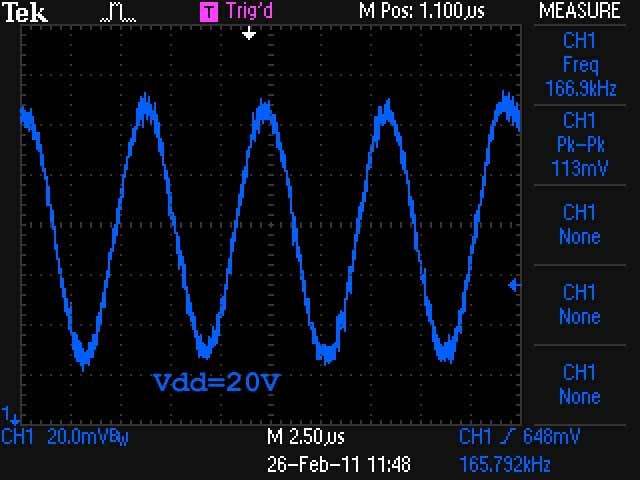
|
| Description: |
|
| Filesize: |
111.27 KB |
| Viewed: |
3087 Time(s) |
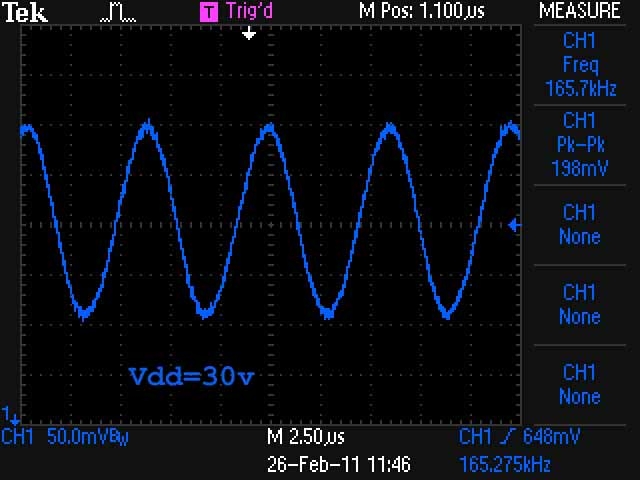
|
|
|
| Back to top |
|
 |
dan(at)azshowersolutions.
Guest
|
 Posted: Sat Feb 26, 2011 3:45 pm Post subject: coil tuning anyone? Posted: Sat Feb 26, 2011 3:45 pm Post subject: coil tuning anyone? |
 |
|
Well, I certainly appreciate and respect your opinion ( I wouldn't have asked if I didn't). And, you are right concerning having a solid project that has been put through the paces prior to having the kids get frusterated with it. I can tell you I am a bit frusterated as a new electronics teacher ( have been teaching Intro classes for 2 years). The curriculum I have developed (as mentioned) includes building a crystal radio and this has been quite successful. We then build a simple amplifier which uses an LM386 along with resistors and caps on a perf board. This has turned out to be a good conclusion to that class. My frusteration comes in trying to advance a bit into a project that will be a step up in challenging skill levels and not blowing them out of the water. We are also financially limited due to a $15 cap on what we can charge for a lab fee, so as far as kits go...there are a bunch out there but out of the dollar range. This forces me to find circuits that I can purchase the parts and keep things cost effective. I suppose I can keep things simple with bread boards and timing circuits, but I am open to suggestions for projects if you have any in your bag of tricks. My bag is just beginning to grow along with my experience. Thanks for testing that circuit! Back to the drawing board.
Dan
| Quote: |
From: "Robert L. Nuckolls, III" <nuckolls.bob(at)aeroelectric.com>
To: aeroelectric-list(at)matronics.com
Sent: Sat, February 26, 2011 10:08:08 AM
Subject: Re: coil tuning anyone?
Hmmm . . . what's the 'lesson plan' for this endeavor?
You mentioned having students lay out an ECB. Is this
a paper exercise or are you planning on fabrication
as well? This is a complicated project (read
high risk) for a class-room exercise. The device is
rich in simple-ideas (physics) each of which
presents an opportunity for teaching. At the same
time, it takes only one solder joint, one bad component,
one wiring error to 'disappoint' even the most
interested members of the class. Without a solid
personal understanding of that which you hope to
illustrate and demonstrate, your own ability to
trouble shoot and fix a defect offers risk for this
being more of a "turn-off" than a "lights-on" experience
for the students. It wouldn't help your personal
credibility either.
What are the design goals for the experience?
There are thousands of examples of kit-built
technologies where following clearly written
instructions will produce a functional product.
Unfortunately, the experience adds little to
a student's understanding of the simple-
ideas that make it work. Heathkits come to mind.
My good friend an mentor of over 40 years, former
dean of engineering at Wichita U, assembled his
first color TV from a Heathkit. Worked good, lasted
a long time . . . but he had not the foggiest
notion of how or why things worked the way they
did. His thing was aerodynamics and mechanics.
The article you cited has a clever application
of some simple-ideas. The oscillators are of
a configuration I've never seen before: the
collector and base of the transistor are tied
together via the dc resistance of the coil.
Power to the oscillator comes through a 10K
resistor. This means that the DC power available
to the collector cannot exceed the Vbe drop
of the transistor. I spider-webbed the oscillator
[img]cid:1.3032949266(at)web501.biz.mail.mud.yahoo.com[/img]
. . . and powered it up.
[img]cid:2.3032949266(at)web501.biz.mail.mud.yahoo.com[/img]
Sho'nuf. It WAS a weak oscillator given that the transistor had
to run on about .6 volts. Further, I couldn't get it to oscillate
at much below 15 volts. Here's the 20v trace showing about 100 mV
pk-pk signal.
[img]cid:3.3032949266(at)web501.biz.mail.mud.yahoo.com[/img]
Here's the signal with a 30 volt supply (about 3 milliamperes through
the 10K resistor). The signal is much stronger, nearly 200 mV pk-pk.
I can't argue with the author's claimed success and the notion that
the circuit has been duplicated thousands of times. However, before
I stepped in front of a class with this project as a proposed teaching
exercise, I would want to have a 99.99% SOLID circuit that had a
very high probability of student success.
The classroom is no place to be debugging design flaws. Your
students will not be impressed. Can we talk about some other
experience to introduce your kids to silicon and rosin smoke?
I think the metal detector needs to be solidly vetted as at
teaching tool before you drag it into the classroom.
Bob . . .
|
| | - The Matronics AeroElectric-List Email Forum - | | | Use the List Feature Navigator to browse the many List utilities available such as the Email Subscriptions page, Archive Search & Download, 7-Day Browse, Chat, FAQ, Photoshare, and much more:
http://www.matronics.com/Navigator?AeroElectric-List |
|
| Description: |
|
| Filesize: |
138.58 KB |
| Viewed: |
3081 Time(s) |
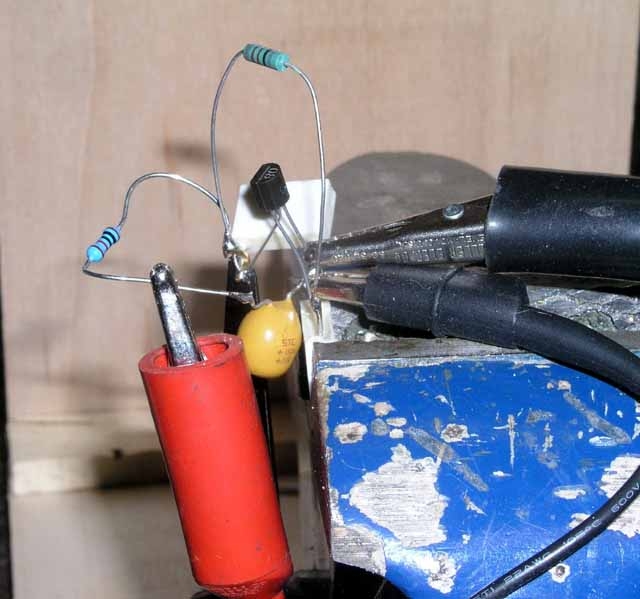
|
| Description: |
|
| Filesize: |
119.04 KB |
| Viewed: |
3081 Time(s) |
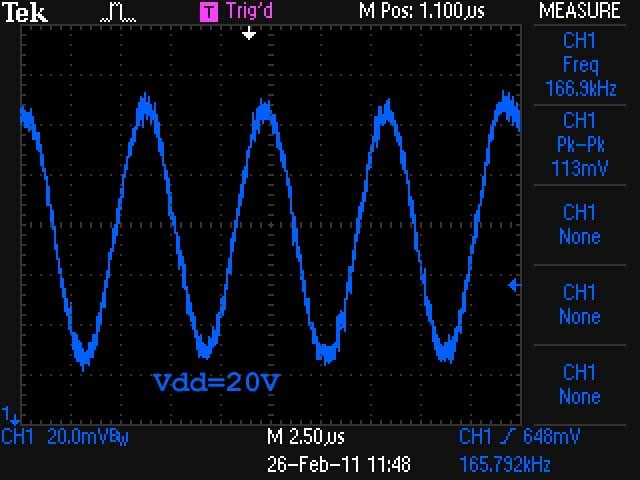
|
| Description: |
|
| Filesize: |
111.27 KB |
| Viewed: |
3081 Time(s) |
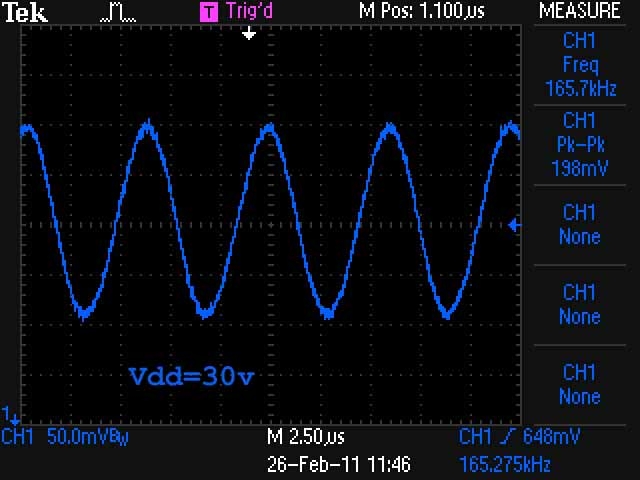
|
|
|
| Back to top |
|
 |
|
|
You cannot post new topics in this forum
You cannot reply to topics in this forum
You cannot edit your posts in this forum
You cannot delete your posts in this forum
You cannot vote in polls in this forum
You cannot attach files in this forum
You can download files in this forum
|
Powered by phpBB © 2001, 2005 phpBB Group
|








